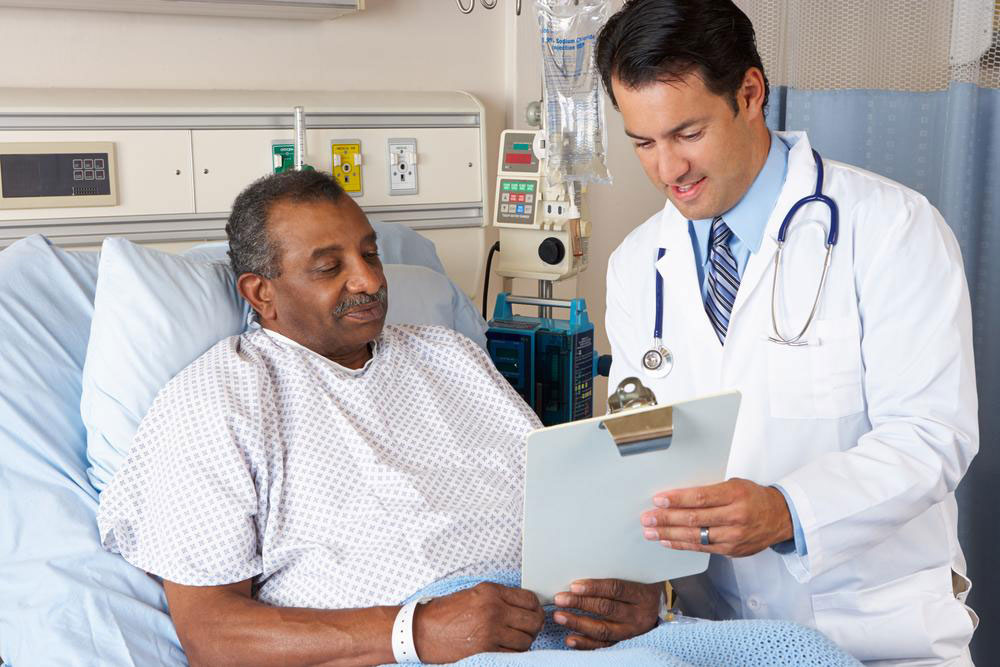
Signs & Symptoms
Shingles – Symptoms and Treatment
The virus varicella-zoster that causes chickenpox is also responsible for causing shingles. It is a viral infection that causes painful rashes on the skin. Usually, those who have been infected with chickenpox are more likely to acquire shingles. It appears as a stripe of blisters typically on the neck, face, or torso. In most cases, shingles take two to three weeks to clear up. Usually, if a person gets shingles once, it rarely happens again. According to various medial study reports, shingles is so common in the country that it affects almost one in the three people at some point in their lifetime. Here is a list of some of the most common symptoms of this viral infection along with the ways of how to treat shingles. Symptoms of Shingles The most common symptom of this viral infection is burning and pain. It can be a constant gnawing, stabbing, or sharp pain that comes and goes. Along with this pain, the affected person may experience blistering skin rash. The characteristics of the rashes may include red patches, itching, rashes on the ears and face, rashes wrapped around the torso starting from the spine, and blisters filled with fluid that breaks out easily. Some shingles-affected patients can experience symptoms beyond these rashes and pain. Some of these symptoms are chills, fever, fatigue, headaches, muscle weakness, and sensitivity to light. Other than all these abovementioned signs and symptoms of shingles, it can involve some rare as well as serious complications. Intense pain in one of the ears or loss of hearing, loss of taste on the taste buds, dizziness etc. All these can be the symptoms of the Ramsay Hunt syndrome. Rashes and pain, which involve the eye. To avert permanent damage of the eye, it is important to know how to treat shingles.












